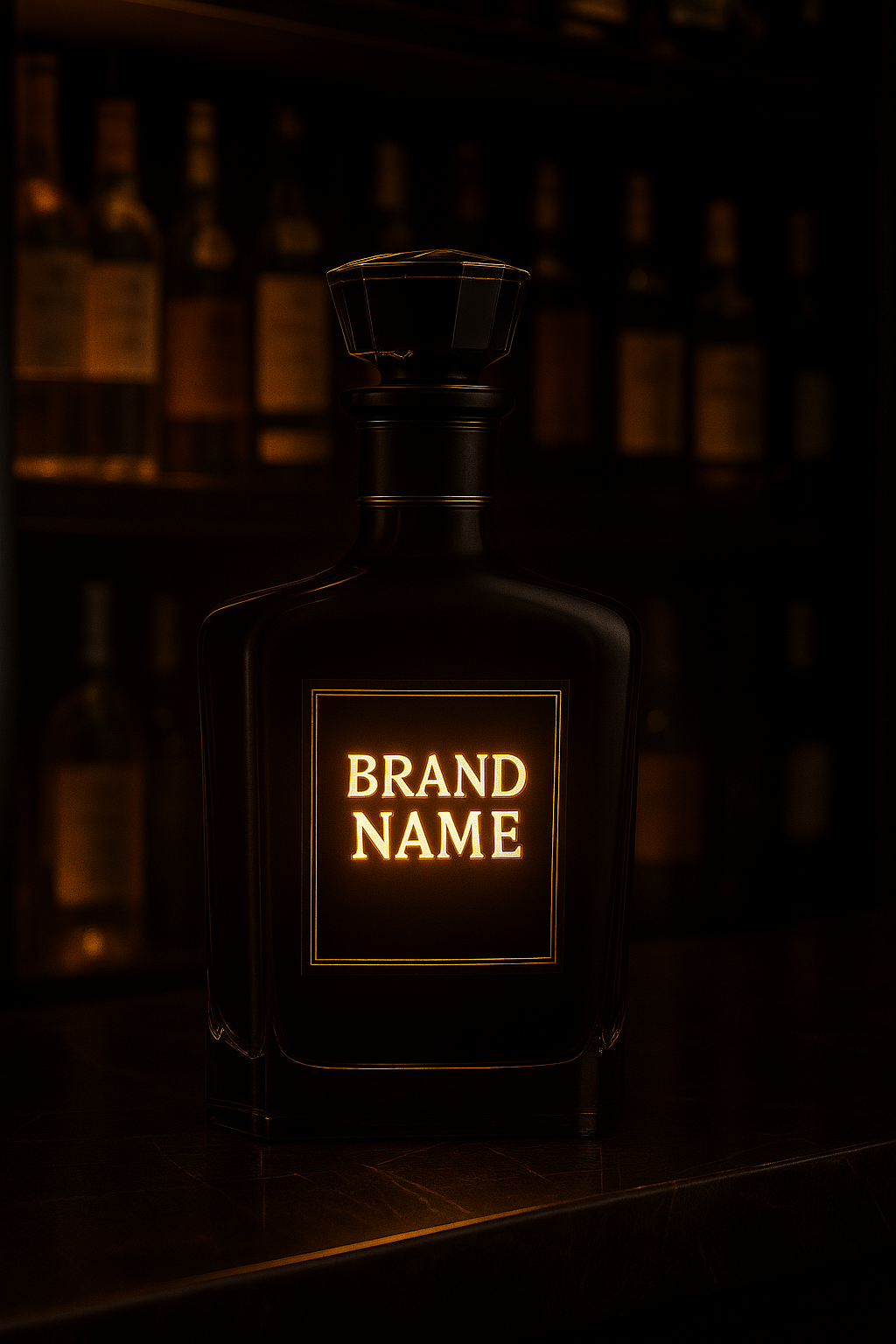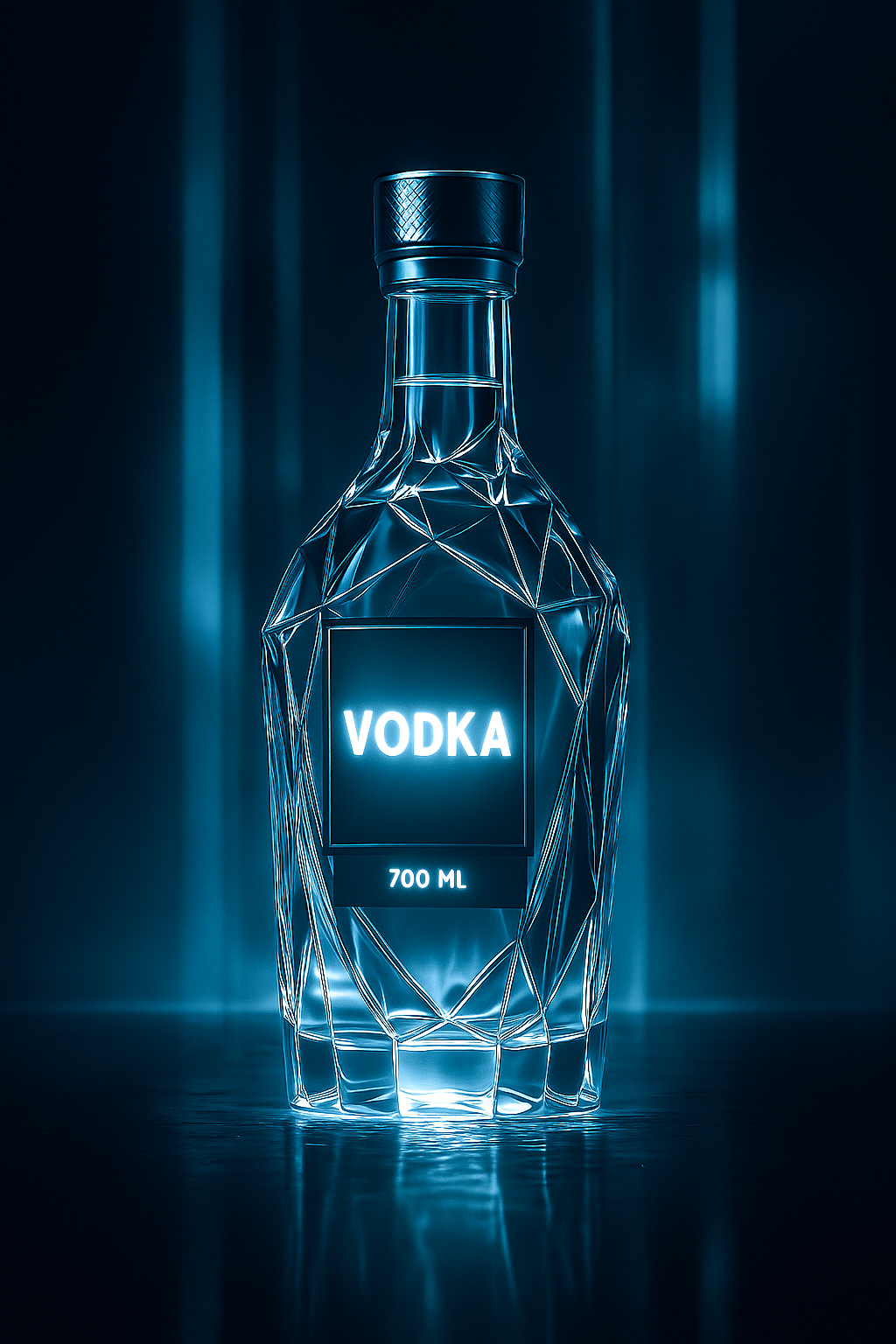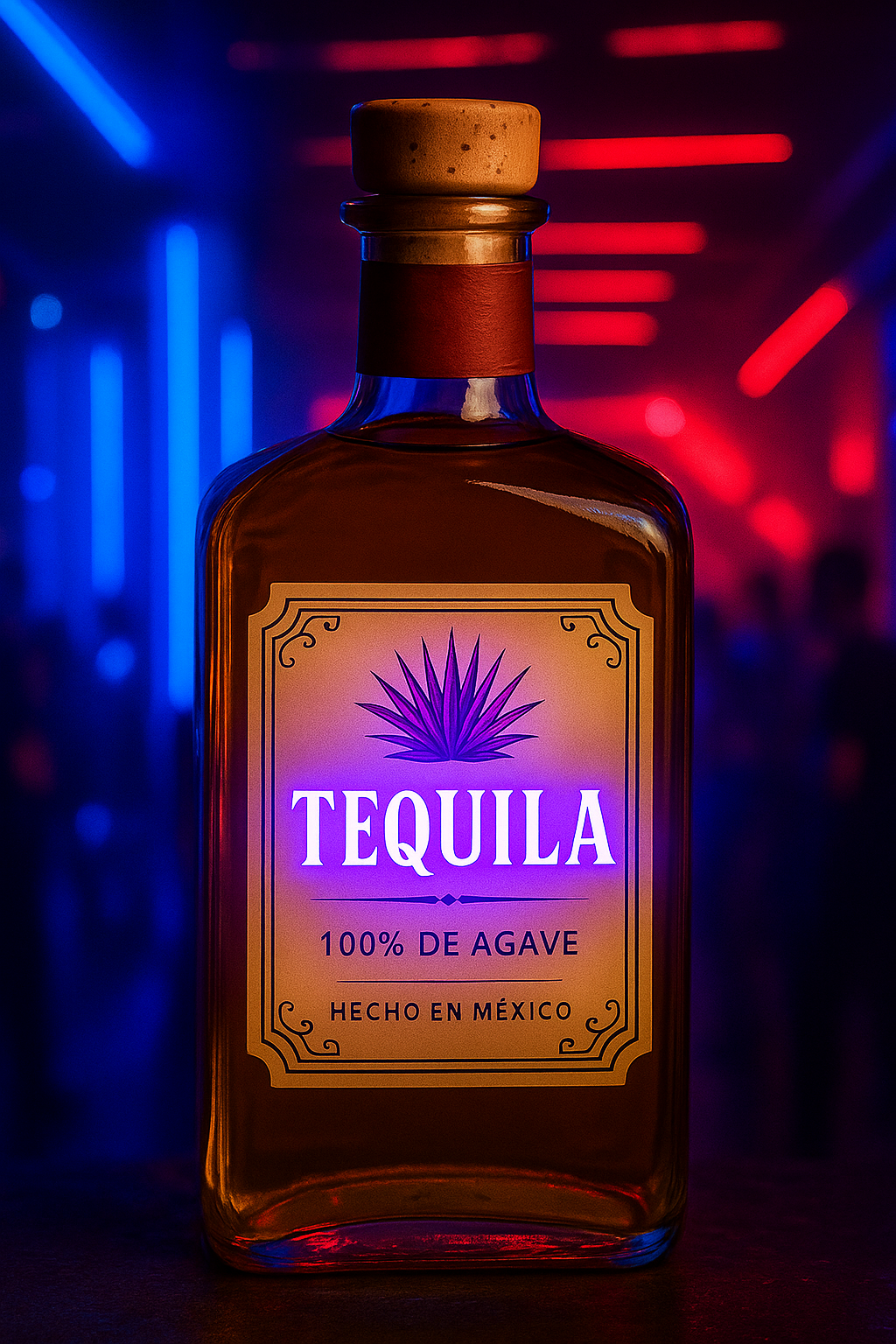To create eye-catching bottle packaging for bar marketing, combine bold design with interactive elements like OLED lighting. Focus on high contrast, sensory engagement, and novelty to stand out in low-light environments. Glowing labels, touch activation, and motion-reactive features boost visibility, memorability, and social sharing in nightlife settings.
Packaging is no longer just functional—especially in nightlife. It’s experiential. In dim, fast-paced environments like bars and clubs, traditional branding fades into the background. To cut through the sensory overload, bottle packaging needs to behave more like a stage performer than a shelf ornament.
At Inuru, we pioneer OLED-integrated packaging that turns bottles into glowing, interactive experiences. This isn’t about gimmicks. It’s about leveraging neuromarketing, visibility science, and experiential design to make your product impossible to ignore—and unforgettable.
Bars are not supermarkets. The lighting is poor, decisions are impulsive, and visibility is limited to a few meters. A 2019 study by Attention Insight found that product visibility drops by over 70% in low-light settings. That means packaging designed for shelves will fail in a club.
To stand out, you need to:
This is where illuminated labels become not just useful—but necessary.
1. Visual Salience
The human brain processes light and movement in milliseconds—well before logic or branding kicks in. According to the dorsal attention theory, stimuli that glow or move attract involuntary attention. Lighted elements create automatic focal points, even in crowded spaces.
2. Color Emotion Mapping
Color affects perception. Use color intentionally:
Red & gold: Luxury, intensity, passion

Blue & white: Purity, coolness, high-tech

Purple: Creativity, exclusivity

Avoid muted tones that disappear in club lighting. Inuru’s OLED tech allows you to light up color zones or illuminate logos, so they aren’t just seen—they’re remembered.
3. Add Interactivity for Deeper Engagement
Eye-catching design isn’t just about what’s seen—it’s about what’s felt and experienced. Interactivity increases dwell time, engagement, and memorability. According to a Tobii eye-tracking study, interactive packaging can increase brand recall by over 60%.
This physical feedback loop is powerful. The user’s action creates a visual response—building a psychological bridge between product and person.
Read more: Interactive OLED Packaging
Eye-catching packaging isn’t just about aesthetics—it’s about activating brain systems that influence decision-making, often without conscious awareness. Neuromarketing uses neuroscience to understand how consumers emotionally and physiologically respond to marketing stimuli. Light, motion, and interactivity are three of the most powerful tools in this field.
1. Light Triggers Fast Visual Processing
Research shows that the human brain processes visual stimuli within 13 milliseconds—especially when there is high luminance contrast. Light-up labels instantly separate a product from its surroundings, allowing it to cut through visual noise and grab attention before any conscious decision is made.
A study from Frontiers in Psychology confirms that glowing or animated visuals are more likely to trigger the dorsal attention network, the brain’s system for rapid, goal-oriented focus.
2. Emotional Resonance Drives Purchases
Light doesn’t just attract—it creates emotional warmth. Brain imaging studies show that exposure to warm light activates the limbic system, which governs emotion, memory, and motivation. This means glowing bottles can create a positive emotional association, enhancing perceived value and purchase intent.
OLED lighting can mimic the glow of candlelight, fireworks, or neon—all symbols of celebration and social bonding. In nightlife, these cues become even more powerful.
3. The Power of Novelty and Surprise
The brain rewards novelty. In environments like bars—where much looks the same—a bottle that lights up violates expectations. This triggers dopamine release and makes the experience more memorable.
According to Trends in Cognitive Sciences unexpected sensory inputs like light or motion increase activity in the striatum, a brain region tied to curiosity and reward-seeking behavior.
4. Multisensory Branding Is Stickier
Neuromarketing research confirms that the more senses you engage, the stronger the memory trace. When packaging uses:
…the brain forms richer associations, increasing both recall and emotional response. In nightlife, where attention spans are short, this multisensory advantage is critical.
Key insight: Consumers may not remember your logo—but they will remember how your bottle made them feel.
4. Make the Bottle Itself a Social Object
Social media is nightlife’s second stage. A glowing bottle is a content magnet, especially in VIP areas or celebrations. According to Deloitte, user-generated content (UGC) has 2.4x more trust than brand advertising.
By designing a bottle that performs—via glow, movement, or story—you gain:
Pair this with a scannable code or NFC trigger for added interactivity (e.g., playlists, AR filters, giveaways).
5. Use OLED to Drive Premium Perception
OLED tech isn’t just functional—it’s luxurious. A glowing label suggests exclusivity and innovation. For high-end spirits, cocktails, or special editions, this reinforces brand value.
Insight: Customers will pay more—and feel more—when your packaging makes them the center of attention.
6. Shape, Texture, and Light Zones: Go Beyond Print
The best bottle packaging isn’t just seen—it’s felt, handled, and remembered. Combine sensory elements:
Light + texture = tactile drama. In a dark room, that’s your new brand ambassador.
7. Plan for Scalability: From Event to Shelf
Start with event campaigns or club launches, then scale:
Inuru’s OLED packaging is modular and scalable—so what works in the bar can also win on the shelf.
In the world of nightlife branding, visibility is currency, and emotion drives purchase. Eye-catching bottle packaging isn't a luxury—it’s a necessity if your brand wants to lead in bars, clubs, lounges, or pop-ups.
By combining visual psychology, interactive tech, and OLED-powered storytelling, you turn your bottle into more than packaging—you turn it into a nightlife experience.
Ready to make your bottle light up the night? Contact Inuru and bring your packaging to life.
SOURCES:
(1)https://www.tobii.com/resource-center/customer-stories/eye-tracking-study-of-package-design
(2)https://attentioninsight.com/packaging-design-research/
(3) https://www.sciencedirect.com
(4) https://www.nielsen.com/insights/2022/advertising-emotions-increase-sales/
(5)https://www.cell.com/trends/cognitive-sciences/home
(7)https://absolute.digital/insights/the-role-of-ugc-in-your-2024-marketing-strategy/
(8)https://en.wikipedia.org/wiki/Color_psychology
(9)https://www.inuru.com/solutions/marketing
(10)https://www.inuru.com/post/interactive-packaging-oled-technology
(11)https://www.inuru.com/posts/low-cost-oleds-for-low-cost-oled-labels-and-mass-market-adoption
(12)https://www.inuru.com/technology